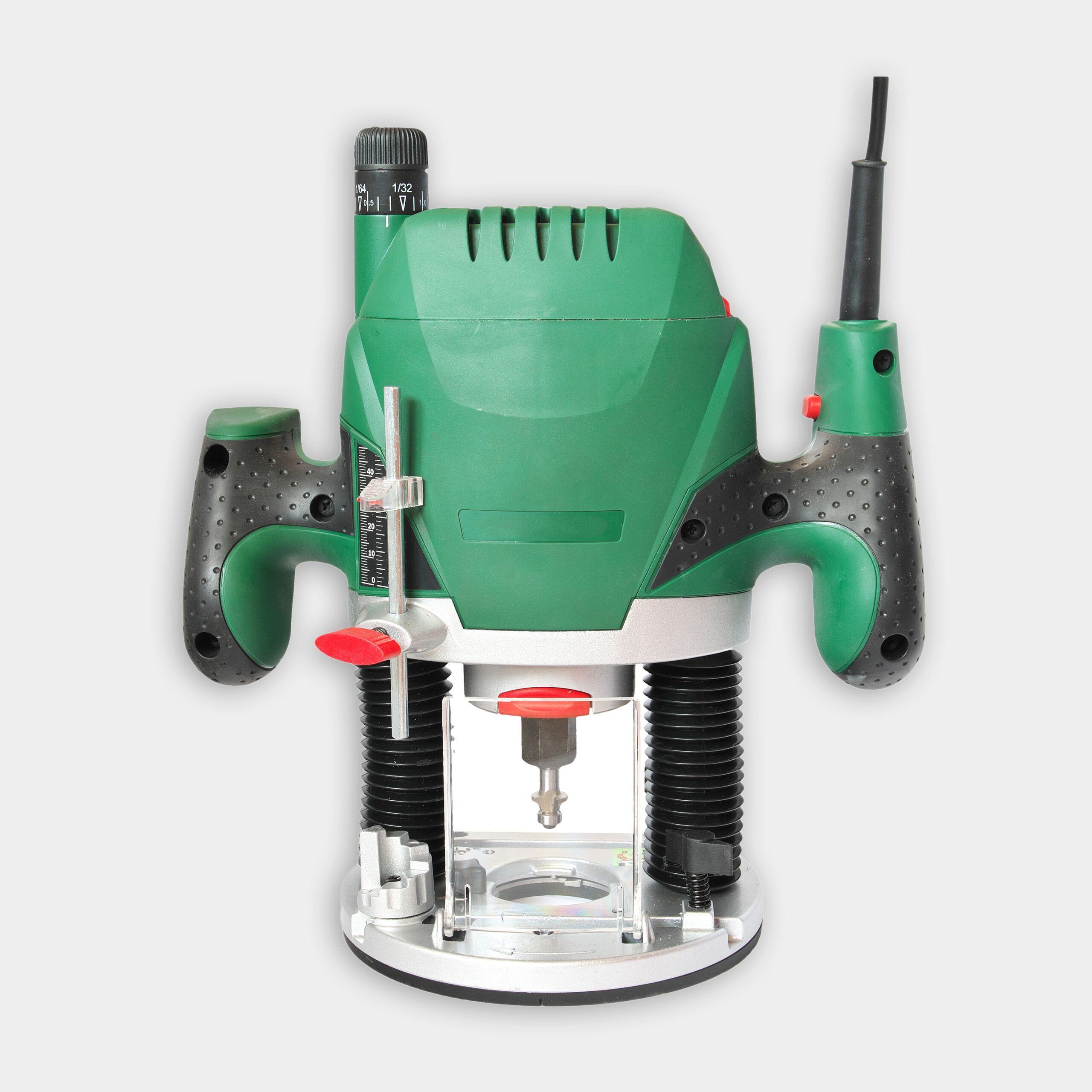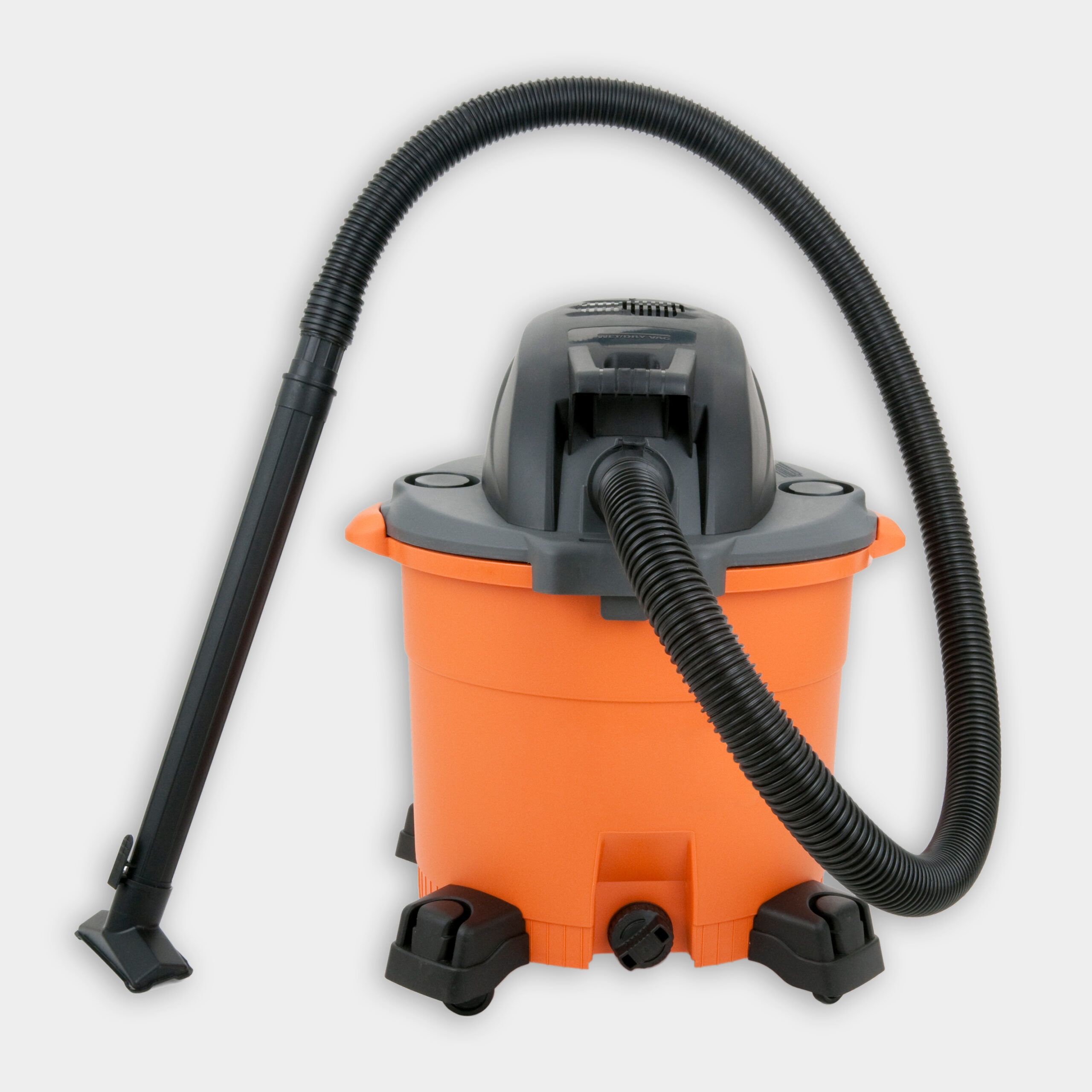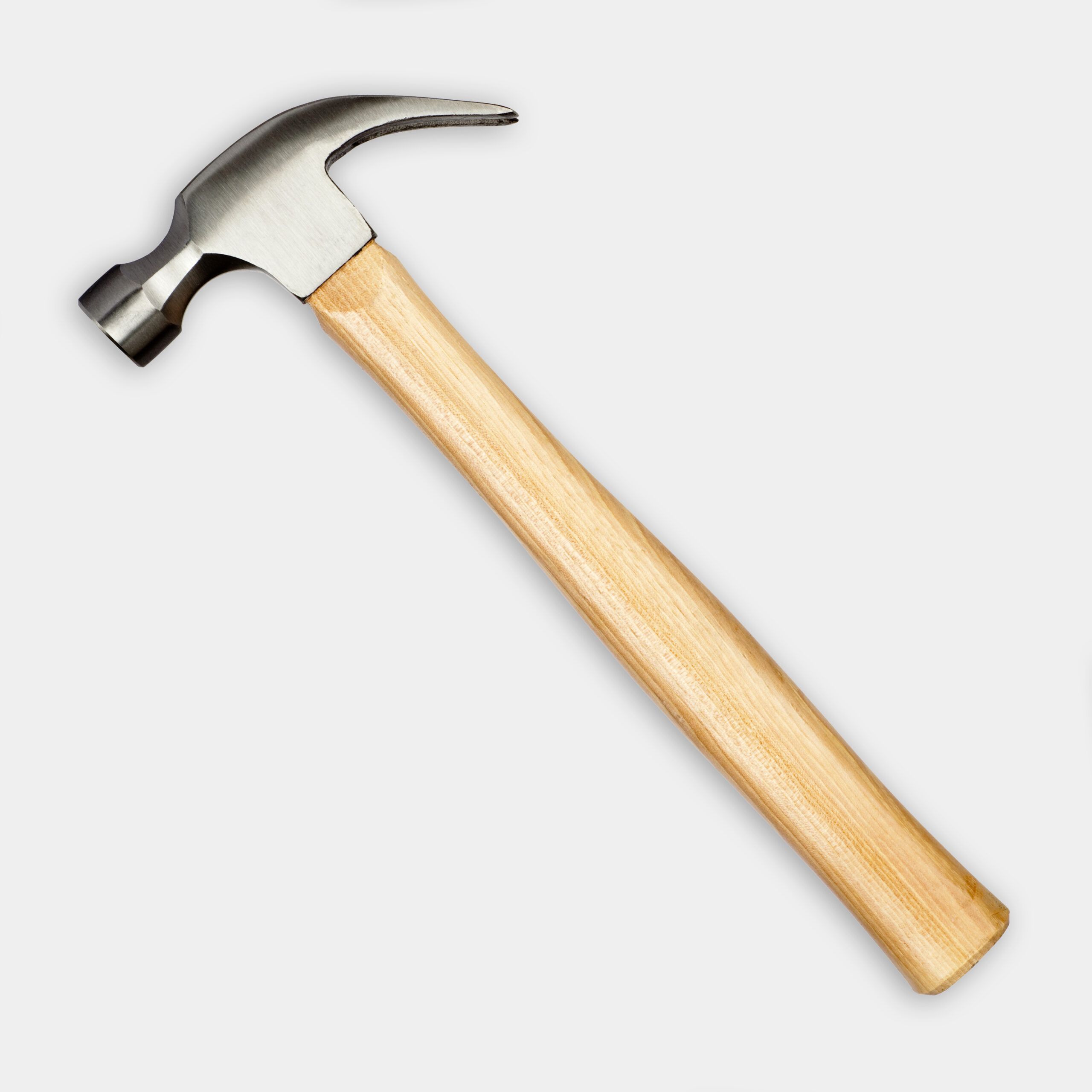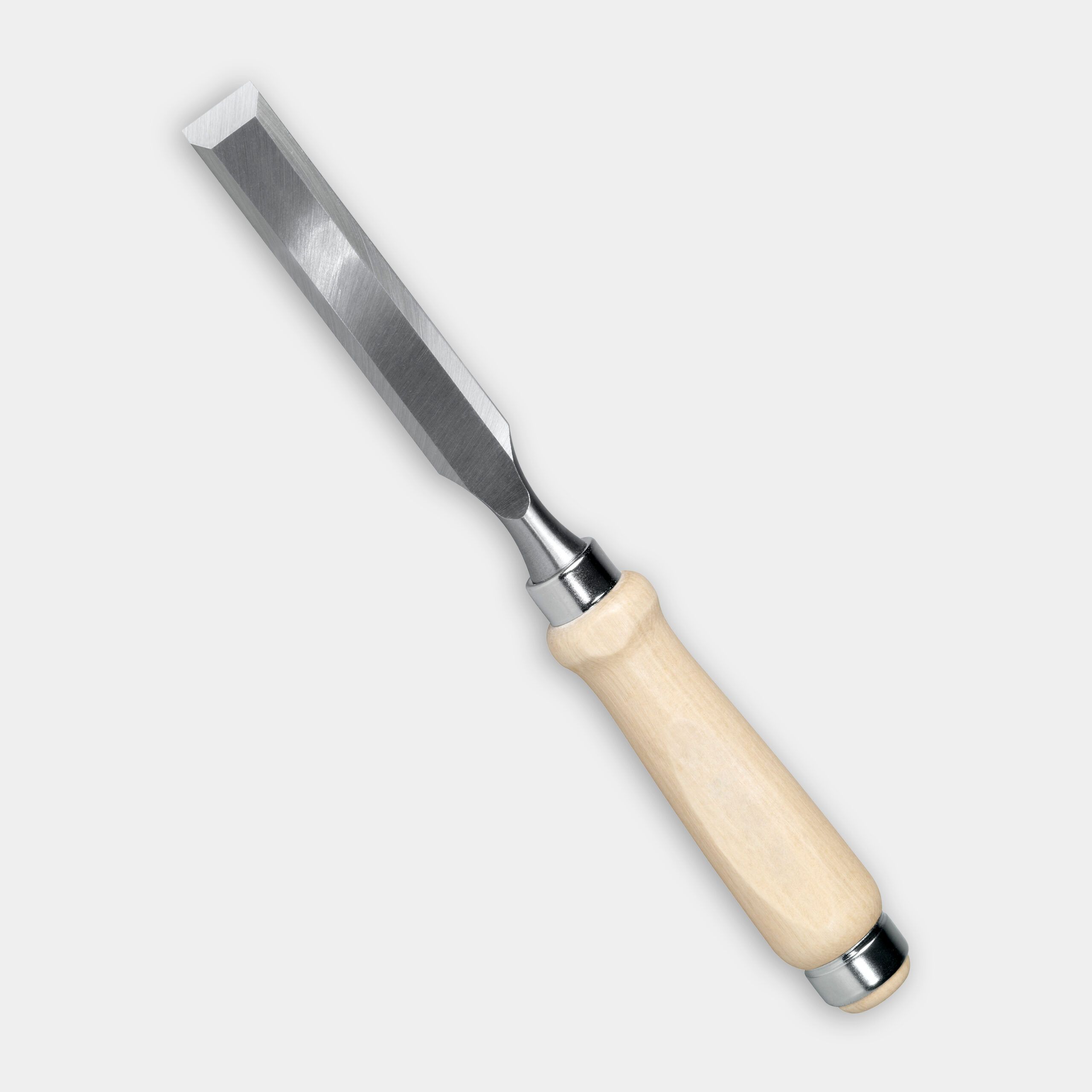We may be compensated if you purchase through links on our website. Our team is committed to delivering honest, objective, and independent reviews on home products and services.
Don’t rush to replace your damaged baseboards just yet. Patching imperfections and holes in baseboards is easier and often cheaper than full replacement. In the video above, This Old House general contractor Tom Silva shares a clever technique for patching baseboard holes with a custom-made template and router.
The Dutchman Patch Technique
Silva’s preferred method for repairing baseboards involves using a “Dutchman” patch. He cuts a custom hole in the baseboard to fit a pre-made wood patch rather than trying to shape a patch to fit an existing hole. This technique has several advantages:
- Consistency: Creates uniform patch sizes for multiple repairs.
- Precision: Allows for a tight-fitting patch with clean edges.
- Versatility: Works for various types of baseboard damage, from small holes to larger areas.
The Dutchman patch technique, borrowed from traditional woodworking practices, helps maintain the integrity of decorative trims and moldings.
Materials Needed
To complete this baseboard repair project, you’ll need the following materials:
- Wood for patch matched to trim as closely as possible
- Wood glue
- 3/4-inch plywood, MDF, or similar material for template
- Primer
- Paint (matching existing baseboard color)
- Sandpaper (various grits)
- Wood filler (optional)
Tools Required
Make sure you have these tools on hand as well:
- Router with 1/2-inch or 3/4-inch top-bearing flush cutting router bit (or guide bushing and straight bit)
- Dust extractor or shop vacuum
- Hammer
- Chisel
- Random-orbit sander
- Screwdriver
- Measuring tape
- Pencil
Step-by-Step Baseboard Repair Process
Follow these steps to patch your damaged baseboard using Silva’s Dutchman technique:
1. Create the Patch and Template
Cut a piece of wood slightly larger than the damaged area. Make it thinner than the baseboard, approximately 3/8–1/2 inch thick. Create a template from 3/4-inch stock (plywood, MDF, or any rigid, flat material) that matches the size of your patch. Ensure the template is large enough to cover the damaged area and provide a stable surface for the router to ride on.
2. Prepare the Baseboard
Position the template over the damaged area of the baseboard. Secure it to the wall using screws to prevent movement during routing.
3. Route the Hole
Use a router with a top-bearing flush cutting bit (or a guide bushing and straight bit) to cut out the area inside the template. We recommend making a shallow cut instead of cutting at full depth. This will give the patch more glue surface and make it more stable. Cut the hole to the depth of the patch made in Step 1. Use a vacuum or dust extractor to capture the dust as you go.
If you’re using a guide bushing, make sure to increase the size of the template opening based on the bushing’s offset.
4. Square the Corners
After routing, the corners of the hole will be rounded. Use a sharp chisel to square off these corners, matching the shape of your rectangular patch. Take your time to get a snug fit with no gaps.
5. Install the Patch
Apply wood glue to the back of the patch and the routed shelf in the baseboard. Carefully insert the patch into the hole, and gently tap it into place with a hammer if needed. Allow the glue to dry completely according to the manufacturer’s instructions.
If there are small gaps, consider using wood filler for a seamless appearance.
6. Sand and Finish
Once the glue has dried, use a random-orbit sander to smooth the patched area flush with the surrounding baseboard. Start with a coarser grit sandpaper and progress to finer grits for a smooth finish.
Prime and paint the repaired section to match the existing baseboard color.
Tips for a Seamless Repair
Follow our tips to achieve the best results:
- Choose patch wood that closely matches the grain and density of your existing baseboard.
- Make multiple shallow passes with the router rather than one deep cut to reduce the risk of splintering.
- Use a sharp chisel and work carefully when squaring the corners to avoid damaging the surrounding wood.
- Consider using wood filler to address any small gaps between the patch and the original baseboard before painting.
- Take your time with the entire process to ensure precision at every step.
When To Consider Full Replacement
While patching is often the best solution, there are situations where replacing the entire baseboard might be necessary. Consider replacement if the following situations apply:
- You want to update the style or profile of your baseboards throughout the room.
- There’s extensive damage along a large section of the baseboard.
- Water damage has compromised the wood’s integrity.
- You have significant warping or deformation.
Always assess the condition of surrounding walls and trim before undertaking a baseboard repair project. Identify any underlying issues, such as moisture intrusion or pest damage, that might have caused the initial problem. Addressing these problems helps prevent future damage and ensures your repairs will last.
For intricate or extensive repairs, we recommend hiring a professional. Skilled craftsmen can handle complex repairs efficiently and may know additional techniques to improve the durability and appearance of the repair. They also bring specialized tools and experience, which are valuable for historic homes with unique molding profiles.





